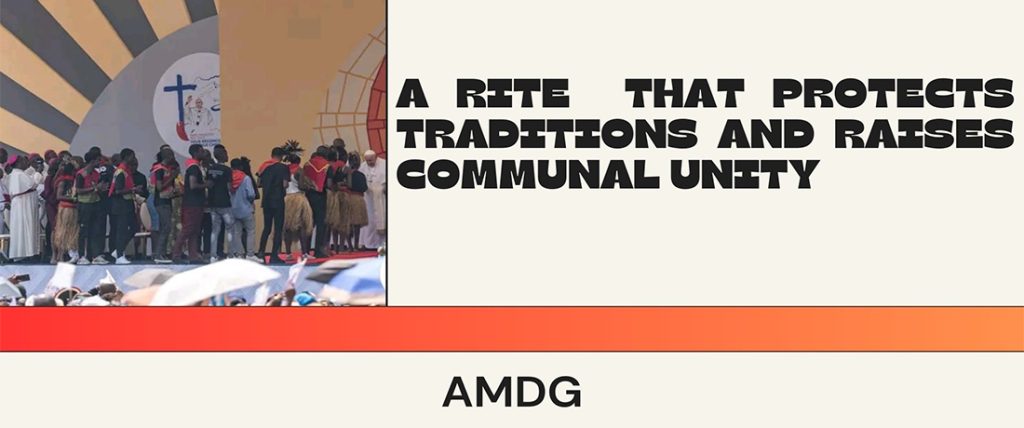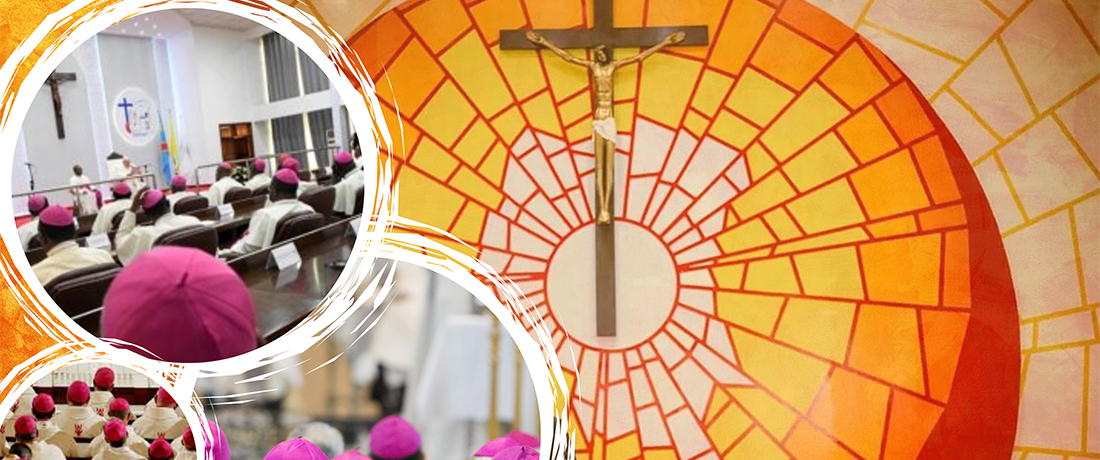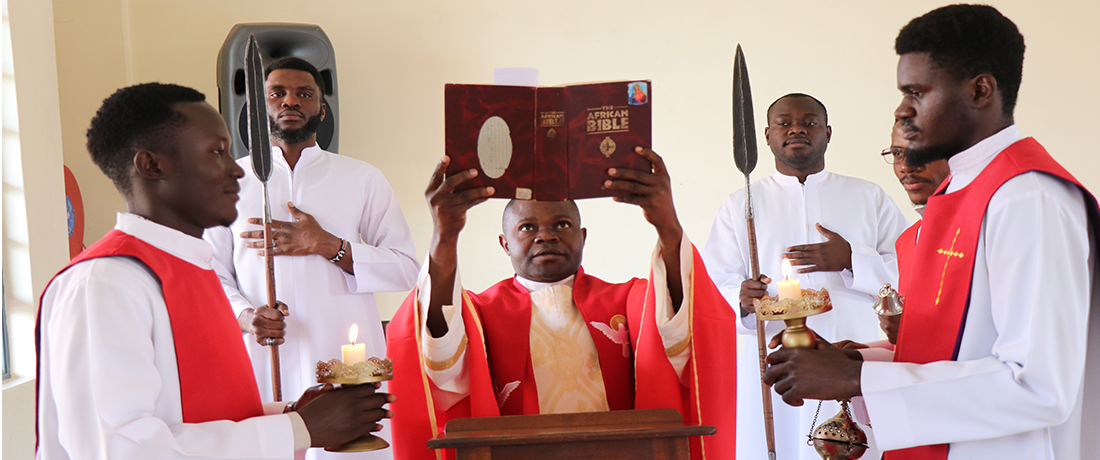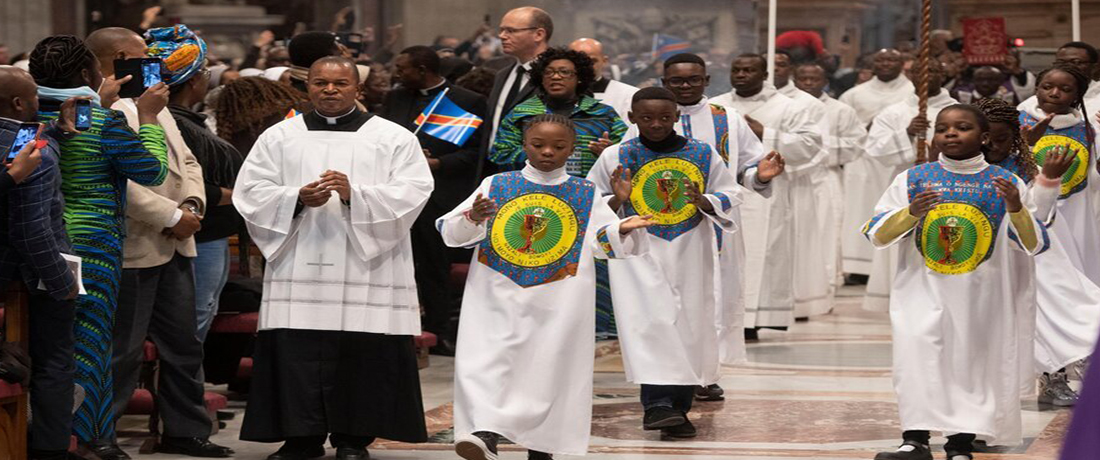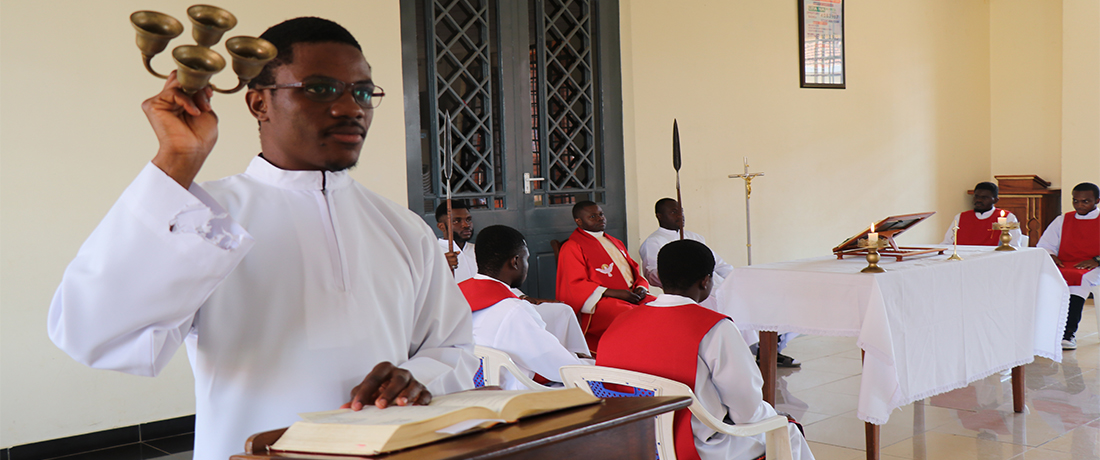From an episcopal wish to a fully accepted Rite
The Zairian Rite
The Zairian Rite, officially known as Le Missel Romain pour les Diocèses du Zaïre, which is the equivalent of The Roman Missal for the dioceses of Zaire is a vibrant expression of Catholic liturgy rooted in Congolese culture. It contains many elements from the Ordinary Form of the Roman Rite, but also incorporates elements from sub-Saharan African culture, particularly Congolese, including a number of inculturated liturgical modifications. Born from a vision to inculturate the Eucharist within the lived experiences of the Congolese people, the rite is celebrated with deep symbolism, rhythmic dance, powerful choral music, and community participation. The rite was approved by The Holy See after the Second Vatican Council in 1988. It remains the only new rite approved by the Catholic Church since Vatican II, making it not only culturally significant but also liturgically historic.
The Zairian Rite is more than just a liturgical adaptation, it is a vibrant celebration of African, and more specifically, Congolese culture within the Catholic Church. By intentionally incorporating local languages, dances, and communal practices, this rite does not merely add African elements to the Roman tradition; it re-centers African identity in Catholic worship.
It promotes unity within the worshiping community, drawing people together through familiar cultural expressions that resonate deeply with their history and social life. The Zairian Rite fosters a sense of belonging and ownership among the faithful. It allows them to fully participate in the Eucharist in a way that honors their cultural heritage rather than replacing it.
Moreover, the rite contributes to the rediscovery and affirmation of African values and spirituality. It elevates Africanism over Europeanism, not in opposition, but as a rightful reclaiming of space and voice within the universal Church. Through this, the Zairian Rite stands as a symbol of post-colonial self-awareness, cultural pride, and a living testimony that faith can and must speak through the language, music, and gestures of the people it seeks to reach.
